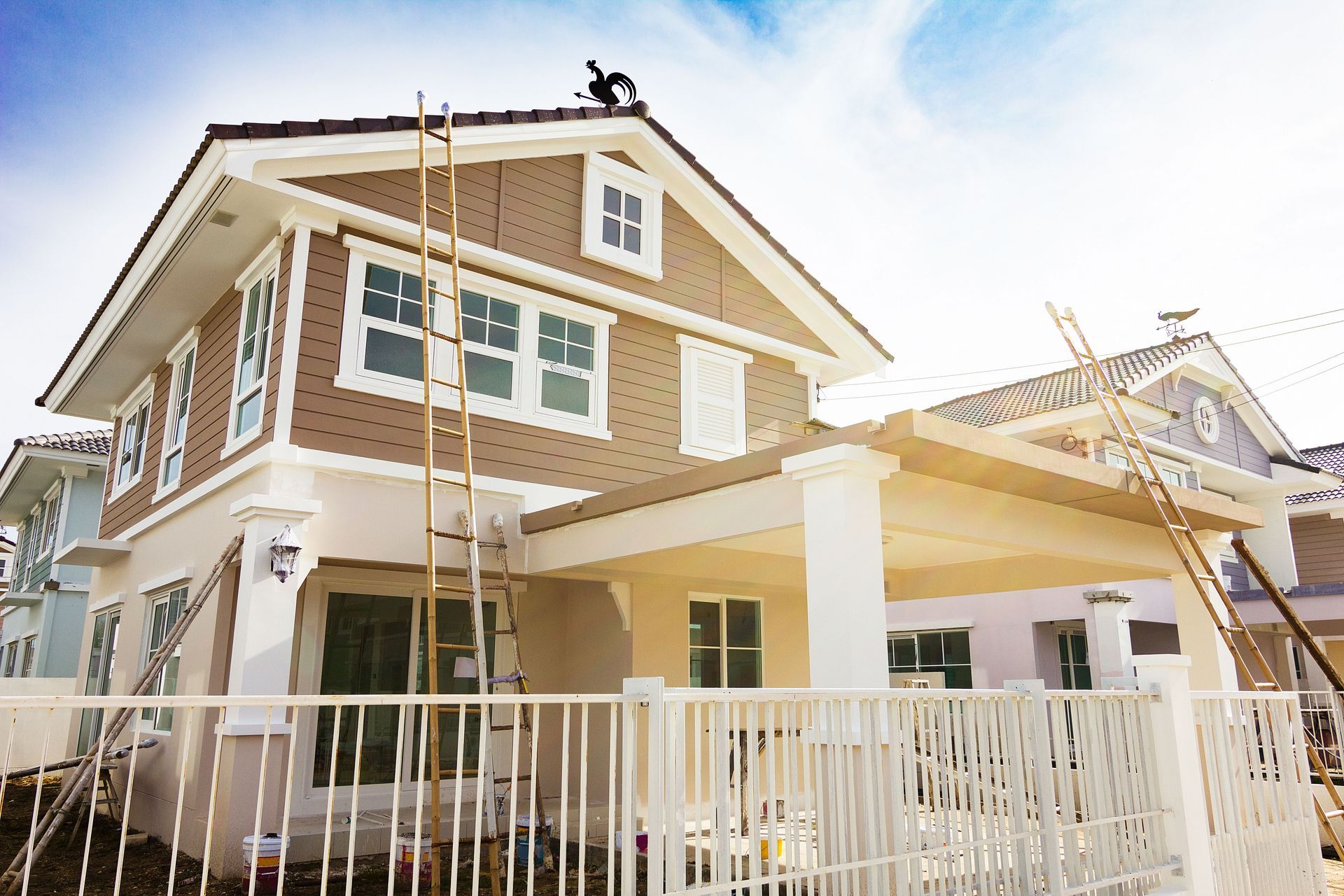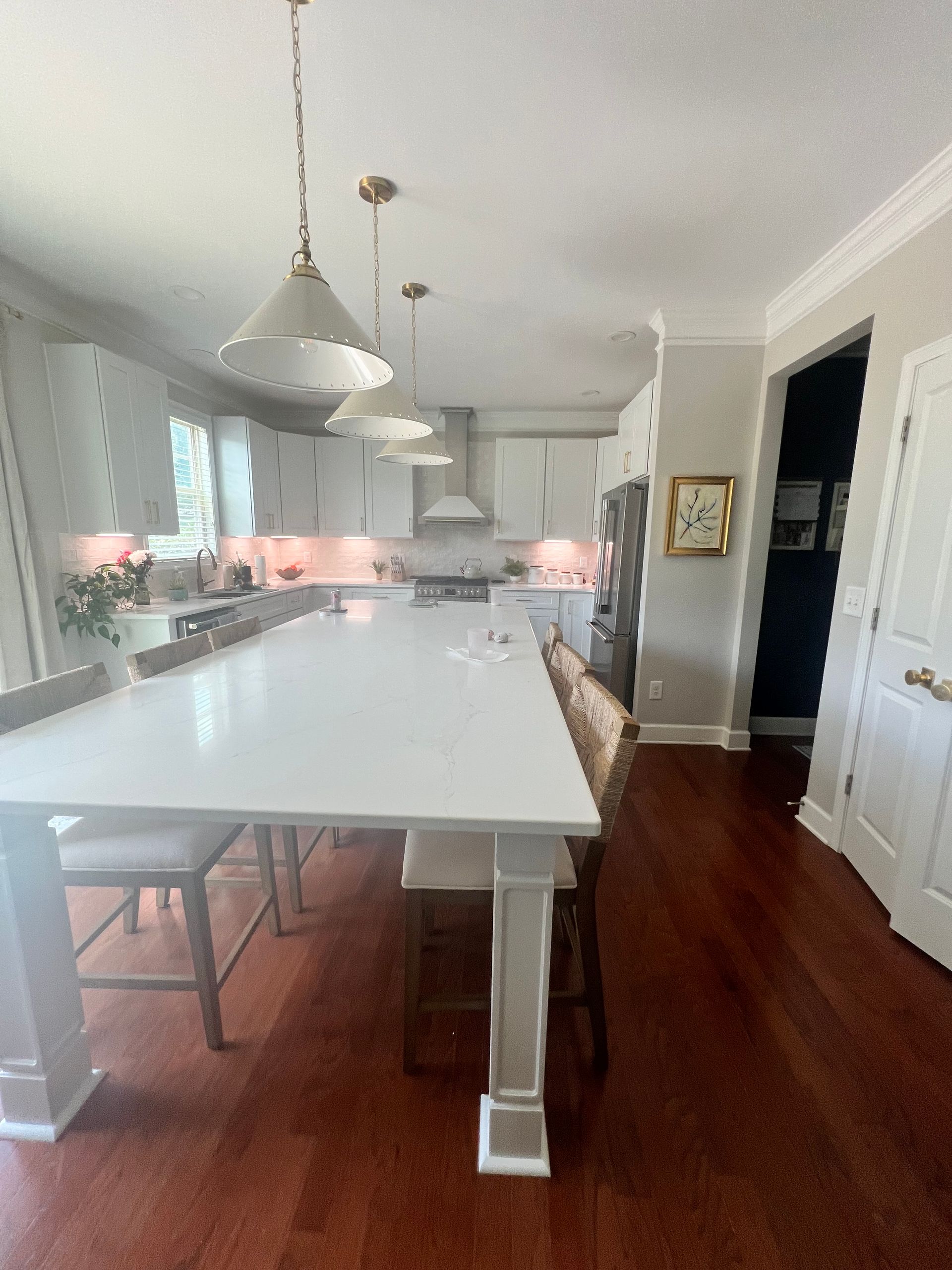September 24, 2025
Embarking on a home remodel can be both exciting and daunting. Proper preparation can make the process smoother and ensure your project is successful. From setting clear goals to securing necessary permits, each step is crucial for creating a cohesive plan. Read on to equip yourself with the knowledge needed for a successful home renovation journey.
1. Assess Your Needs and Objectives
Before diving into the specifics of a home remodel, it's essential to define the underlying purpose. Is the remodel intended to increase the functionality of the home, improve aesthetics, or boost property value? Understanding the primary motive will guide all subsequent decisions and ensure that the remodel aligns with your overarching goals. Whether upgrading your kitchen for family gatherings or modernizing your bathroom for a spa-like retreat, having a clear vision is the first step.
Conduct a thorough analysis of your home to identify any problem areas. This includes outdated fixtures, inefficient layouts, or deteriorating materials that need attention. By pinpointing specific areas requiring improvement, you can focus the remodel on addressing these pain points. Remember, the aim is to create a home environment that fits your lifestyle needs and enhances functionality. A detailed inspection might reveal aspects you hadn’t considered, thus shaping the remodel in meaningful ways.
In formulating the goals for your home remodel, consider your long-term plans. Are you planning to stay put for years, or do you aim to sell in the near future? Long-term alignment ensures that each renovation decision supports broader home aspirations and financial prudence. For example, investing in energy-efficient appliances may have higher upfront costs but offer future savings. According to This Old House, by 2025, nearly half of homeowners — 48% — are planning a home renovation, highlighting the importance of factoring long-term market trends into your remodel plans.
2. Establish a Realistic Budget
Establishing a budget is one of the crucial steps in planning a remodel. Start by determining the overall budget constraints that are feasible given your financial situation. Reviewing savings, credit options, and expenditure projections will provide a clearer picture of what's financially manageable. Stick strictly to this budget to avoid financial strain, prioritizing needs over wants whenever possible. Having a budget outline aids in managing expectations for both you and any professionals you might hire.
Despite meticulous planning during a home remodel, unexpected expenses can occur in any remodel. It's wise to set aside a contingency fund, generally 10-20% of your overall budget, to handle unforeseen costs. This fund provides a buffer against economic stress stemming from unexpected repairs, material upgrades, or design changes. Planning for such eventualities reduces stress and allows for smoother project execution. A contingency fund turns potential financial headaches into manageable hiccups.
Achieving a balance between quality and affordability is a key factor to consider. While premium materials and high-end finishes are desirable, they may not always align with your budget. Prioritize aspects where investment is crucial, such as structural changes, while opting for cost-effective alternatives for finishes that are more cosmetic. A balance ensures quality without exorbitant spending, contributing to long-term satisfaction with the remodel. Always remember, it's about achieving the best possible outcome within your financial means.
3. Obtain Necessary Permits and Approvals
Understanding local building codes and regulations is a crucial component before embarking on a remodel. These rules dictate what you can and can't do during the renovation, influenced by safety, design, and community standards. Your local building authority can provide the necessary guidelines, ensuring compliance from the start. Some codes may influence structural changes, energy efficiency measures, or design aesthetics. Prior knowledge prevents potential obstacles and delays in your project.
Identify which permits are required for your specific home remodel project. Different types of work, from electrical changes to structural modifications, will necessitate specific permits. Engage with local government officials or a knowledgeable contractor to ascertain all necessary permits ahead of time. Obtaining these permits ensures your project meets legal requirements and can prevent costly fines or ordered backtracking. Proper due diligence in the planning phase simplifies processes in execution.
Scheduling required inspections is another important component of ensuring project compliance. Inspections might be mandatory at various stages to verify adherence to codes and standards, especially when significant electrical or plumbing changes are involved. Plan these into your project timeline, making allowances for inspector availability and potential rework if issues arise. Successful inspections mark key milestones in the project and are essential for sign-off. Proactive planning and coordination with inspectors facilitate efficient progression of work.
4. Develop a Detailed Timeline
Create a comprehensive schedule outlining the timeline for each phase of the remodel. This roadmap should include clear milestones that signify completed stages of the project. Define deadlines not just for completion but also for key decisions, such as material choices or design approvals. Having this framework keeps the project on track and aids in communicating expectations with professionals involved. Regular productivity reviews against these milestones ensure continued alignment with the project’s goals.
Establishing an effective order of operations simplifies task management, maximizing efficiency and preventing unnecessary delays. Particular tasks must occur in sequence, such as structural adjustments before design implementations. Lay out this order, taking into account interdependencies among tasks. Clear delineation of sequence optimizes workflow, ensuring that progress in one area isn't hindered by stagnation in another. Strategic planning of task order is a key success factor in project execution.
Consider the time required for deliveries and potential delays during a home remodel. Logistics, weather conditions, and supplier schedules are variables that can impact delivery times. Accounting for these factors within your timeline buffer helps alleviate pressure when unforeseen issues arise. By factoring in buffer times, you accommodate flexibility without jeopardizing the overall schedule. Anticipating these delays with a pragmatic timeframe supports seamless flow.
5. Prepare Your Home and Household
Before remodel work begins, systematically declutter and organize spaces to be involved in the process. Removing non-essential items can free up necessary space for contractors to work effectively. This preparation can also protect your valuables from potential damage during construction activities. It creates a clean canvas for the workers, ensuring efficiency and safety during the renovation process. Decluttering has the added benefit of mentally preparing both you and your household for the transformation to come.
Ensure the safety of valuables and personal belongings by storing them away from construction zones. This not only prevents direct damage but also discourages unauthorized access to sensitive areas. Utilize self-storage facilities or secure rooms away from active renovation sites to house such items. Adequate preparation in this area preserves cherished possessions and invaluable peace of mind. A security review at the outset protects against unintended losses.
Clear communication with family and neighbors sets harmonious expectations during the project. Inform all household members of the expected timeline, disruptions, and alternative arrangements as necessary. Neighbors should be aware of potential disturbances, including noise or restricted access, fostering goodwill and offsetting potential complaints. Proactive engagement maintains energy neutrality within your community. Inclusive communication shifts potential friction into cooperative understanding.
With these steps, you’re better prepared for your home remodel. Thorough planning goes a long way in turning your vision into reality while minimizing stress. Consider the objectives, budget constraints, professional involvement, permits, and preparations for your household. This exhaustive planning transcends mere wishes and paves a practical path toward your dream home's realization. For expert guidance and craftsmanship on your next project, contact KD Custom LLC to bring your vision to life.


